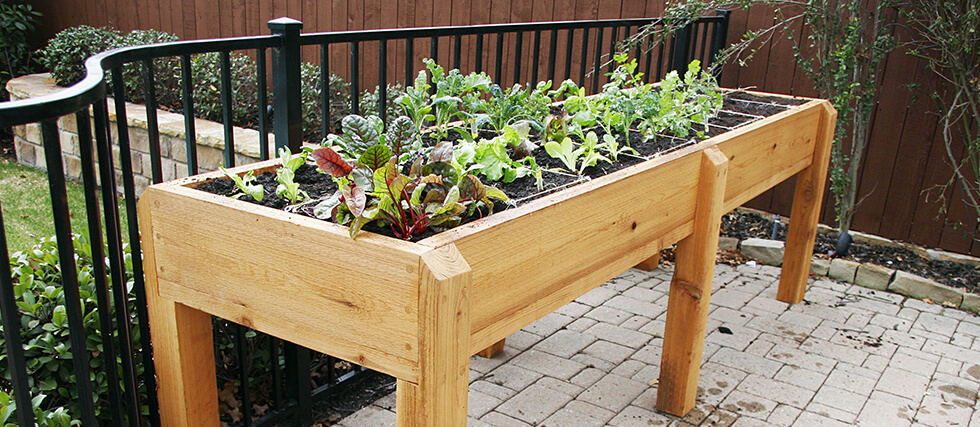With rising food costs and concerns over sustainability, self-sufficient gardening is gaining momentum. More than just a way to grow your own produce, this method reduces reliance on store-bought food, minimizes waste, and ensures fresh, organic harvests year-round.
What Is Self-Sufficient Gardening?
Self-sufficient gardening includes:
- Growing what you eat – Producing enough fruits and vegetables to sustain your household through fresh consumption and preservation (canning, freezing, drying).
- Minimizing external inputs – Using compost instead of commercial fertilizers, saving seeds, and practicing natural pest control methods like companion planting.
Why Try It?
- Fresh, Organic Food – Homegrown produce is pesticide-free and tastes better than store-bought alternatives.
- Cost Savings – Growing your food can cut grocery bills significantly, especially for organic produce, which costs 20-30% more than conventional options.
- Eco-Friendly – Reducing reliance on store-bought produce lowers your carbon footprint by eliminating transportation emissions and packaging waste.
Getting Started
✔️ Plan Realistically – Assess your space, time and resources
✔️Start Small and Expand – Start with easy crops like tomatoes and peppers, and expand as you gain experience.
✔️ Grow What You Eat – Prioritize the vegetables your family enjoys most.
en a single container plant can provide fresh herbs or small vegetables if space is limited.
No Yard? No Problem!
Container gardening allows for self-sufficiency in small spaces. Look for modern planters with drainage systems and wheels for flexibility in limited sunlight.
Self-sufficient gardening is more than a trend—it’s a step toward sustainability, food security, and healthier eating.




